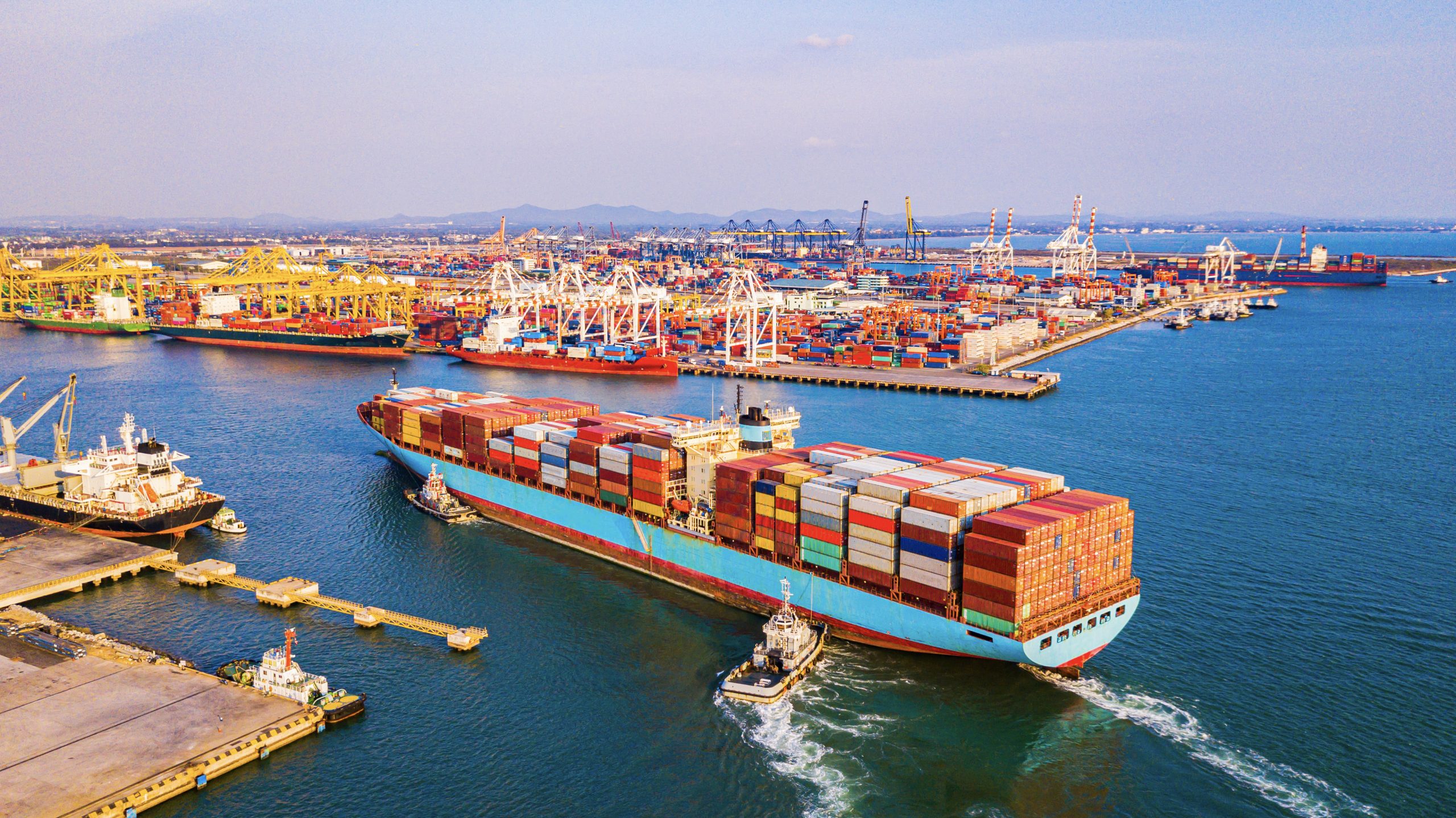Blog /
Canadian Chamber Addresses Study on “Canadian Business in Supply Chains and Global Markets” Before House Committee
Canadian Chamber Addresses Study on “Canadian Business in Supply Chains and Global Markets” Before House Committee
On February 1, 2024, we addressed the governments study on “Canadian Business in Supply Chains and Global Markets” before house of Commons Standing Committee on International Trade (CIIT).

On February 1, Matthew Holmes, Senior Vice President, Government Relations and Policy, and Robin Guy, Vice President and Deputy Leader, Government Relations at the Canadian Chamber of Commerce, appeared before the House of Commons Standing Committee on International Trade (CIIT) for their study on “Canadian Business in Supply Chains and Global Markets.”
In their remarks, they emphasized the need for long-term investments in trade infrastructure, highlighting the critical role supply chains play in maintaining Canada’s economic health and its reputation as a reliable trading partner. They also advocated for government to lead the development of a vision for Canada’s trade corridors and called for regulatory modernization and alignment to ensure Canada’s competitive success.
The full remarks are available below.
Opening Remarks
[Check against delivery]
Good afternoon, Madame Chair and honourable members,
Thank you for the opportunity to appear before you today.
The question before this Committee is a significant one: when the value of two-thirds of Canada’s GDP is based on trade activity, how we manufacture and move good across the country, how we prioritize and protect our critical trade infrastructure, and the markets we choose to focus on, whether next door in the U.S. or as far as the Indo-Pacific, have outsized impacts on the health of our economy, opportunities for our businesses, and the quality of life of everyone in the country.
While our supply chains have largely recovered from the worst of the pandemic’s disruptions, many of our members continue to face disruption, inconsistent supply, and persistent inflationary pressures. According to the most recent Statistics Canada Canadian Survey on Business Conditions, a quarter of businesses still identify supply chain challenges as a key concern, and one that over 60% of them expect to persist.
The evolving role of transportation and logistics is critical to Canada’s competitive success, but our supply chains remain only as strong as their weakest link. The challenges and costs presented by climate shocks, such as frequent floods and wildfires, have demonstrated how fragile many of our supply chain systems and structures are. And, in the context of a highly restive labour environment, key points in our trade corridors have experienced repeated or prolonged strikes, putting further strain on a precarious system and compromising our reputation as a reliable place to do business.
Canadians are frustrated by the affordability crisis: they want to see products move and prices remain stable. This requires business and government sharing the common goal of a functional supply chain and a growing economy.
To do this, we need to see long term investment in Canada’s trade infrastructure. Businesses need to be able to get their goods to market reliably. We can’t just simply look to address the needs of today, but the challenges and opportunities that we see 20 and 30 years from now.
[Robin Guy, Vice President and Deputy Leader, Government Relations]
While government isn’t solely responsible for infrastructure investment, a federal commitment to major, strategic, long-term investments is key to building Canada’s trade infrastructure.
The Government’s National Trade Corridors Fund is a positive step forward. While it is supporting worthwhile projects, the government must work to increase the speed at which projects receive funding. It must work with business on ensuring transparency for projects and by continuing to demonstrate how funding is helping to address supply chain challenges of both today and tomorrow.
We need government to lead the development of a vision for Canada’s trade corridors. This Committee’s 2019 report on the topic included a number of important recommendations, including protecting industrial lands along trade corridors, the need for regulatory harmonization across jurisdictions, and the imperative to ensure environmental assessment timelines do not hamstring our ability to move goods across the country.
A 2021 European Court of Auditors comparison of frameworks for large transportation projects in Canada, Australia, the United States, Switzerland, France, Norway and the European Union, noted all but Canada had an overarching transport infrastructure strategy framework.
In addition to vision, we need government to protect our critical supply chains from predictable and preventable threats.
While government can’t solve all of our supply chain issues, it must put in place policies that will enable trade and strengthen supply chains.
The introduction of Bill C-58, which aims to prohibit the use of replacement workers during strikes suggests that the government actually wants to move away from preserving stability. It is in fact, doubling down on Canada being seen as an unreliable and unstable trading partner.
Lastly, we need government commitment to accelerate its regulatory modernization agenda.
Regulatory modernization continues to be a growing concern. Business who trade interprovincially cite increased red tape and differing certification and technical standards as major obstacles to doing business within Canada. Unfortunately, Canada has a complex network of overlapping regulations from all levels of government that diminish competition, discourage open trade, and make everything more expensive.
Regulatory effectiveness is integral to a competitive environment and requires smarter regulation to attract new economic opportunities to Canada.
We believe that it is imperative that regulators and businesses work together to share perspectives to develop optimal regulatory approaches. An economic lens mandate for regulators would add a new tool that will encourage stable, manageable regulations that supports economic growth.
Thank you for your time. We look forward to answering your questions.
Related News

Time to put reports into action, Chamber tells House Agriculture Committee

2022 Q3 Canadian Survey on Business Conditions: Inflation is the top issue. Labour pains intensifying, but price pressures and supply chains issues are improving




